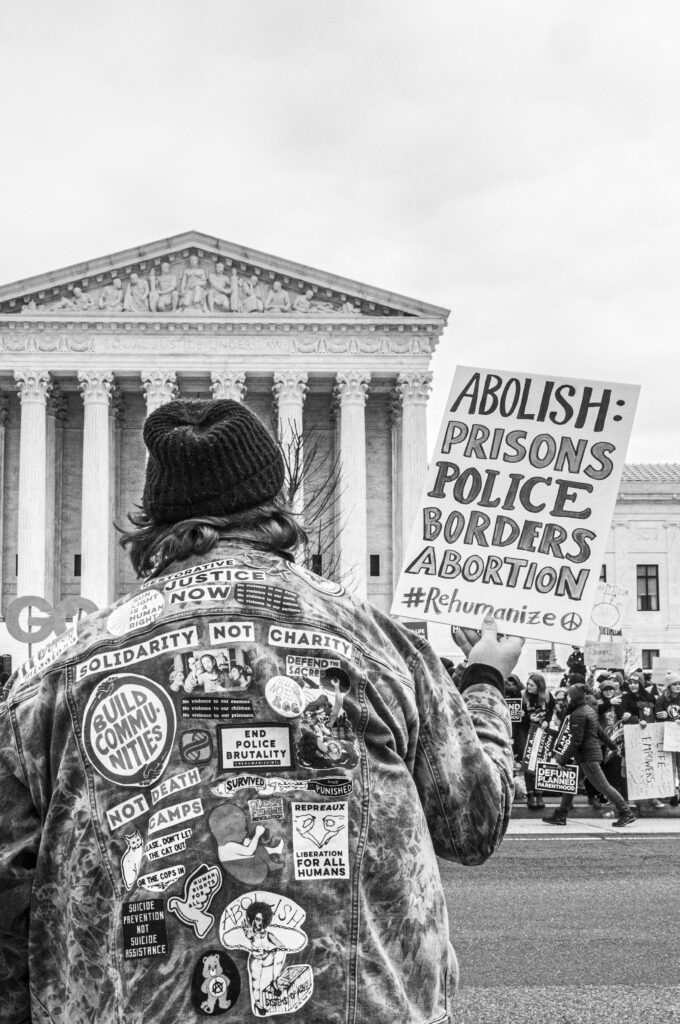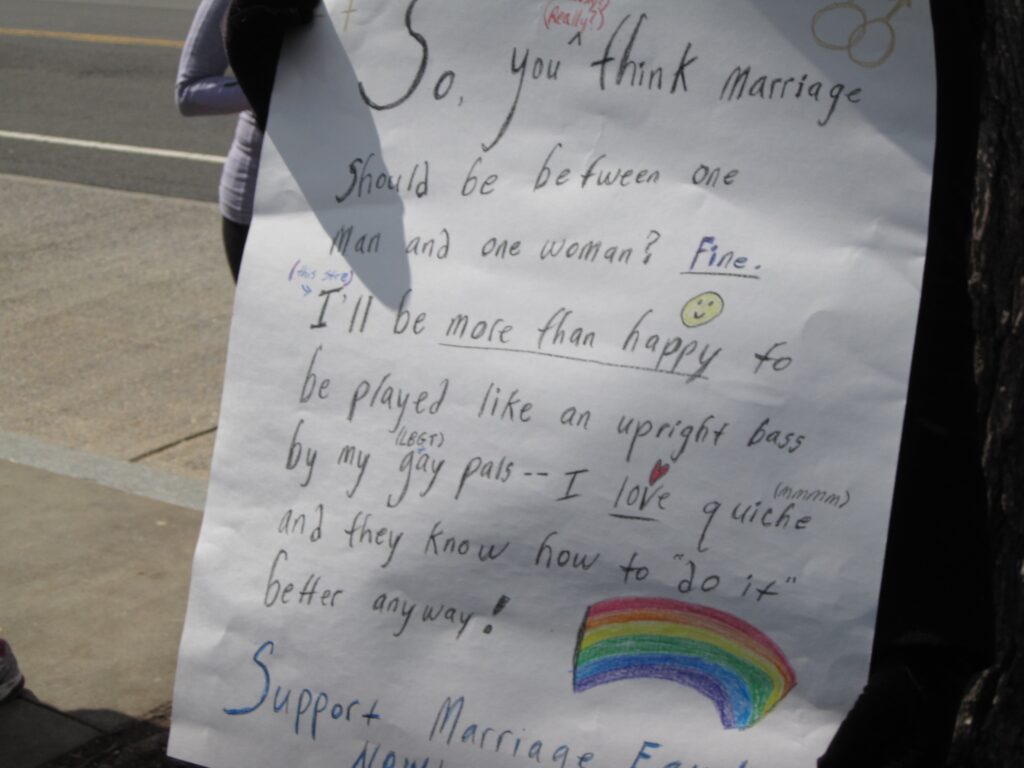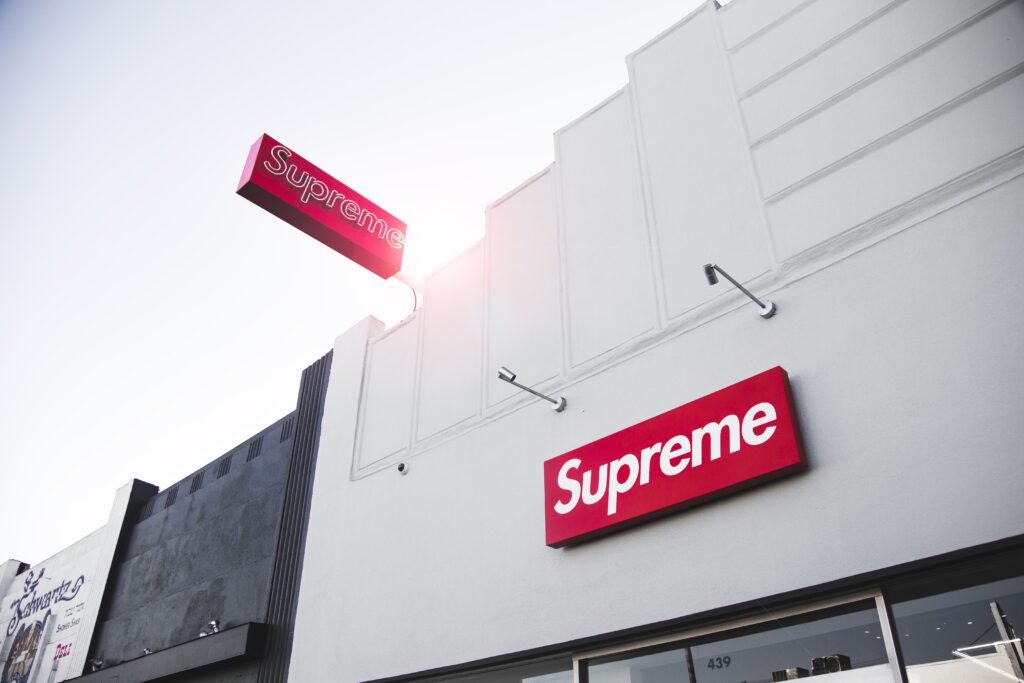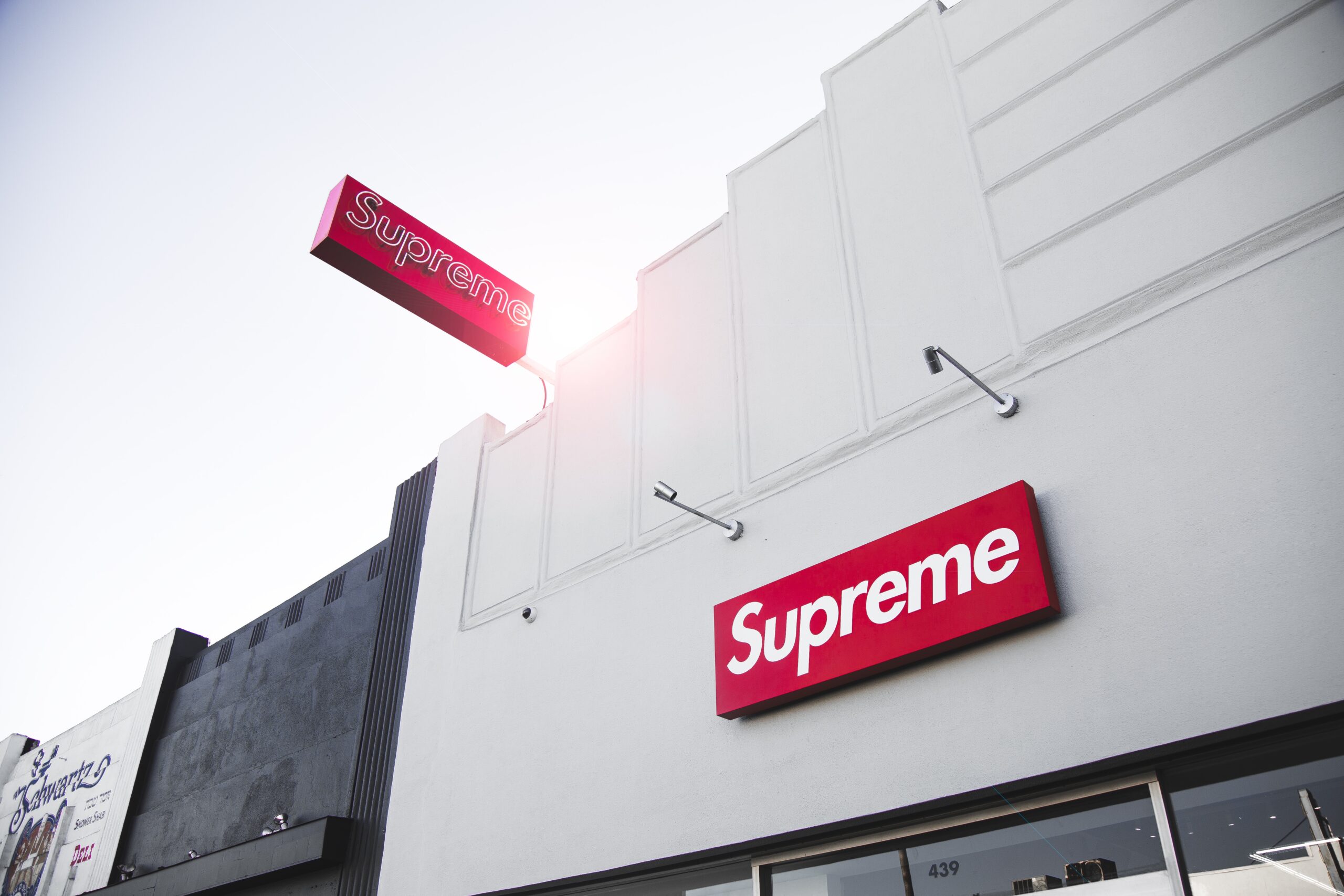Karen Finley, one of the N.E.A. Four, has returned to the art scene to push the envelope yet again. In a revival of her controversial work, Finley invites fairgoers at Art Basel Miami Beach to draw nude models as a commentary on society’s treatment of women. This reprisal comes on the 25th anniversary of a landmark Supreme Court ruling that reshaped public arts funding, in which Finley and her fellow artists challenged the National Endowment for the Arts’ withdrawal of their fellowships. Facing backlash from conservatives and accusations of obscenity, Finley’s work and the ensuing legal battle marked a turning point in the conversation surrounding artistic freedom and public funding. Now, she returns to the forefront of the culture wars with her unyielding spirit and determination to challenge societal norms.

Artwork and Lawsuit
Introduction to Karen Finley and the N.E.A. Four
Karen Finley, a visual artist, rose to national prominence in 1990 as one of the N.E.A. Four, a group of artists who sued the National Endowment for the Arts (N.E.A.) after their fellowships were withdrawn. Alongside Tim Miller, John Fleck, and Holly Hughes, Finley challenged the N.E.A.’s decision regarding their grants, leading to a landmark Supreme Court case that would shape the future of public arts funding in the United States.
The controversy surrounding the National Endowment for the Arts
The controversy surrounding the N.E.A. began when it came under scrutiny for funding artwork that was deemed indecent by the religious right. Artists such as Andres Serrano, whose photograph depicted a crucifix submerged in urine, sparked outrage and led to a broader debate about government funding for controversial art. The N.E.A. became a lightning rod for conservatives who believed taxpayer dollars should not be used to support what they perceived as obscene or offensive artwork.
Description of Karen Finley’s artwork and its reception
Karen Finley’s artwork was known for its provocative and confrontational nature. One of her most well-known performances involved covering her body with chocolate frosting, red candies, and alfalfa sprouts as a statement on society’s treatment of women. Her work often explored themes of sexuality, gender, and power dynamics. While some praised Finley for her bold and thought-provoking approach, others labeled her art as pornographic and obscene, fueling the controversy surrounding her work and the N.E.A.
Jesse Helms’ criticism and national attention
Jesse Helms, a Republican senator, played a prominent role in the criticism of Karen Finley and the N.E.A. He denounced Finley’s work on the Senate floor, describing it as pornographic and obscene. Helms garnered national attention for his opposition to public funding for controversial art, and his remarks helped bring the debate surrounding the N.E.A. Four and the broader issue of obscenity in art to the forefront of public consciousness.
Legal battle and the Supreme Court ruling
The legal battle between Karen Finley, the N.E.A. Four, and the N.E.A. lasted for eight years. While the artists were awarded the value of their vetoed grants, their broader challenge to the N.E.A.’s funding policies was ultimately unsuccessful. In a landmark 8-to-1 decision, the Supreme Court upheld the 1989 amendment to the law, which required the N.E.A. to consider “general standards of decency and respect for the diverse beliefs and values of the American public” when making funding decisions. This ruling had far-reaching implications for Finley’s career and public arts funding in the United States as a whole.
Impact on Public Arts Funding
Overview of N.E.A. policy and amendment in 1989
Before the controversy surrounding the N.E.A., the agency’s policy primarily focused on funding decisions based on artistic merit. However, in 1989, an amendment was made to the law that expanded the N.E.A.’s considerations to include “general standards of decency and respect for the diverse beliefs and values of the American public.” This amendment was a direct response to the growing criticism surrounding controversial art funded by the N.E.A. and set the stage for the legal battle that would follow.
Supreme Court’s decision and its implications
The Supreme Court’s decision to uphold the 1989 amendment had significant implications for public arts funding in the United States. It solidified the N.E.A.’s responsibility to consider societal standards of decency when awarding grants, leading to a more conservative approach in funding decisions. The ruling reflected a shift in attitudes towards government support of controversial art and set a precedent for future funding guidelines.
Transformation of Finley’s career
The Supreme Court’s ruling had a profound impact on Karen Finley’s career and the trajectory of her artistic practice. While the legal battle did not result in an overturning of the N.E.A.’s decision regarding her specific grant, it brought her work into the national spotlight and solidified her reputation as a provocative and controversial artist. Finley continued to create art that pushed boundaries and challenged societal norms, although she faced ongoing scrutiny and opposition from conservative critics.
Impact on public arts funding in the United States
The Supreme Court ruling and the controversy surrounding the N.E.A. Four had a lasting impact on public arts funding in the United States. The decision reinforced the notion that taxpayer dollars should align with societal standards of decency, which led to greater scrutiny and conservatism in the allocation of grants. The N.E.A. became more cautious in funding projects that could potentially be seen as obscene, resulting in a more restrained arts landscape. The ruling also sparked ongoing debates about artistic freedom and censorship in the United States.

Karen Finley at Art Basel Miami Beach
Revisiting the culture wars 25 years later
Twenty-five years after the Supreme Court ruling, Karen Finley returned to the spotlight at Art Basel Miami Beach, reigniting discussions about the culture wars of the past and their continued relevance today. The controversy surrounding Finley’s work and the N.E.A. Four remains a significant part of art history, and her presence at the renowned art fair provided an opportunity to reflect on the lasting impact of the Supreme Court ruling and its implications for contemporary artists.
Description of Karen Finley’s work at Art Basel
At Art Basel Miami Beach, Karen Finley presented her work “Go Figure,” which invited fairgoers to engage with nude models through drawing. This interactive performance piece continued Finley’s exploration of themes related to sexuality and the human body. By inviting audience participation, Finley challenged traditional notions of spectatorship and encouraged viewers to actively engage with the artwork.
Inviting fairgoers to engage with nude models
Karen Finley’s decision to incorporate nude models into her artwork at Art Basel Miami Beach sparked both intrigue and controversy. The inclusion of nudity in art has historically been a contentious subject, and Finley’s choice to involve fairgoers in the creation of the artwork pushed boundaries and challenged societal norms. The interactive element of the piece also allowed for dialogue and exchange between the artist, the models, and the audience.
Connection to the Supreme Court ruling
Karen Finley’s presence at Art Basel Miami Beach and her continued exploration of provocative themes directly connected to the Supreme Court ruling on obscenity in art. The controversy surrounding her work in the past and her use of nudity at the art fair served as a reminder of the ongoing debates surrounding artistic freedom, censorship, and the definition of obscenity in the United States. Finley’s presence at the prestigious art event highlighted the lasting impact of the Supreme Court ruling on public perceptions of controversial art.
Conservatives’ Reaction and Criticism
Conservatives’ ongoing opposition to Finley’s artwork
Conservatives have maintained their opposition to Karen Finley’s artwork throughout her career. Her provocative and confrontational style continues to spark outrage among conservative critics, who perceive her work as obscene and offensive. The ongoing opposition to Finley’s art reflects a broader conservative viewpoint that art should adhere to traditional moral and societal standards.
Comparison to current culture wars
The controversy surrounding Karen Finley’s artwork and the N.E.A. Four in the 1990s bears striking similarities to the current culture wars. The debates around obscenity, censorship, and the role of public funding in supporting controversial art have resurfaced in recent years. The ongoing opposition to Finley’s artwork serves as a reminder of the enduring culture wars and the challenges contemporary artists face in expressing their creativity freely.
Discussion of the definition of obscenity in art
The ongoing opposition to Karen Finley’s artwork raises questions about the definition of obscenity in art. What one person may deem obscene, another may see as a powerful artistic statement. The subjective nature of obscenity complicates efforts to establish clear guidelines and standards for public arts funding. The differing interpretations of Finley’s work highlight the challenges of navigating societal perceptions and expectations when it comes to controversial art.

Artistic Freedom vs. Censorship
Debating the limits of artistic freedom
The ongoing debates and controversies surrounding Karen Finley’s artwork underscore the constant tension between artistic freedom and censorship. Artists argue that their work should be free from constraints and should have the ability to challenge societal norms and provoke thought. However, critics argue that there should be limits to artistic freedom, especially when public funding is involved. Finding a balance between artistic freedom and societal standards remains a complex and ongoing conversation.
The role of censorship in preserving societal standards
Critics of controversial art argue that censorship plays a crucial role in preserving societal standards and protecting the public from offensive or harmful content. They contend that public funding should not be used to support artwork that many deem obscene or offensive. Censorship, from this perspective, is seen as a means to maintain a moral and respectful society.
Changing attitudes towards obscenity in art
Attitudes towards obscenity in art have evolved over time. What was once considered shocking or obscene may now be seen as tame or even celebrated. As societal norms change, so do perceptions of what is acceptable in art. The ongoing debates surrounding Karen Finley’s artwork reflect the shifting attitudes towards obscenity and illustrate the constant negotiation between artistic expression and societal values.
Public Perception and Acceptance
The evolving perspective on controversial artwork
Public perception and acceptance of controversial artwork have evolved over time. While Karen Finley’s work faced significant backlash and condemnation in the 1990s, there has been a growing recognition of the importance of diverse artistic expression in recent years. Many now view controversial artwork as an essential catalyst for public discourse, social change, and the exploration of complex societal issues.
Art as a catalyst for public discourse and social change
Art has long been recognized as a powerful tool for initiating public discourse and catalyzing social change. Controversial artwork, such as Karen Finley’s, acts as a catalyst for dialogue, encouraging individuals to question societal norms and engage in critical discussions. By pushing boundaries and challenging established systems, artists provoke thought and inspire change in society.
Discussion of societal acceptance of obscenity in art
Societal acceptance of obscenity in art varies greatly. While some embrace and celebrate controversial artwork, others vehemently oppose it. The divide reflects the diversity of perspectives within society and the ongoing tension between freedom of expression and societal standards. Societal acceptance of obscenity in art is a complex and multifaceted issue that continues to be debated among artists, scholars, and the general public.
International Perspectives on Obscenity in Art
Comparison of obscenity laws and attitudes towards art in different countries
Obscenity laws and attitudes towards art vary greatly across different countries and cultures. What may be considered acceptable in one country could be deemed obscene in another. The interaction between art and obscenity is shaped by cultural, historical, and social factors that differ from one nation to another. Understanding these international perspectives is crucial in gaining a comprehensive understanding of the debates surrounding controversial art.
Exploration of cultural and historical factors influencing perceptions
Cultural and historical factors significantly influence perceptions of obscenity in art. Societal values, religious beliefs, and political contexts all play a role in shaping attitudes towards controversial artwork. By exploring these factors, one gains insight into why certain forms of artistic expression are embraced or rejected within a given cultural or historical context.
The Future of Obscenity in Art
Predictions on the direction of public arts funding
The future of public arts funding remains uncertain. Given the ongoing debates and controversies surrounding obscenity in art, it is likely that public arts funding will continue to be subjected to increased scrutiny and conservative guidelines. Artists navigating these landscape must grapple with the potential limitations imposed on their creative expression and seek alternative avenues for funding and support.
The potential impact of future Supreme Court rulings
Future Supreme Court rulings have the potential to further shape the landscape of obscenity in art and public arts funding. As societal attitudes continue to evolve, legal decisions may reflect changing perspectives and provide artists with a greater degree of artistic freedom or, alternatively, impose stricter guidelines to adhere to societal standards. The impact of future rulings remains uncertain but will undoubtedly have far-reaching consequences for the artistic community.
Emerging trends and controversies in contemporary art
Contemporary art is constantly evolving, with emerging trends and controversies shaping the landscape. Artists continue to push boundaries and challenge societal norms through their work, sparking conversations and debates about the limits of artistic expression. The exploration of new mediums, themes, and ideas may give rise to new controversies and further challenge existing notions of obscenity in art.
Conclusion
Summary of the Supreme Court ruling on obscenity in art
The Supreme Court ruling on obscenity in art, prompted by the controversy surrounding Karen Finley and the N.E.A. Four, upheld the N.E.A.’s obligation to consider “general standards of decency and respect for the diverse beliefs and values of the American public” when awarding grants. This ruling had profound implications for public arts funding in the United States, leading to increased conservatism and scrutiny in grant decisions.
Reflection on Karen Finley’s continued engagement with the issue
Karen Finley’s continued engagement with the issue of obscenity in art serves as a testament to her dedication to pushing boundaries and challenging traditional norms. Despite ongoing opposition and criticism, Finley continues to create thought-provoking artwork that serves as a catalyst for dialogue and societal reflection.
Final thoughts on the ongoing debate on obscenity in art
The ongoing debate on obscenity in art reflects larger societal tensions surrounding artistic freedom, censorship, and the role of public funding in supporting controversial artwork. As attitudes towards obscenity and societal standards continue to evolve, the debates will persist, providing opportunities for artists, scholars, and the general public to engage in meaningful discussions about the boundaries of artistic expression in a rapidly changing world.

